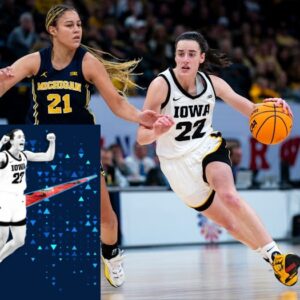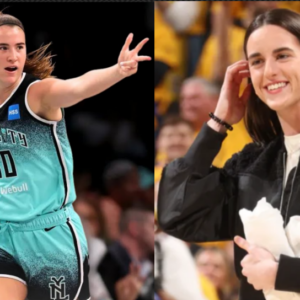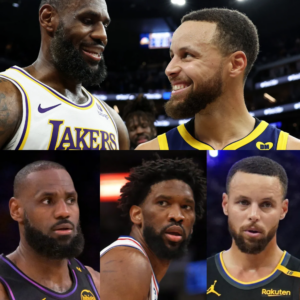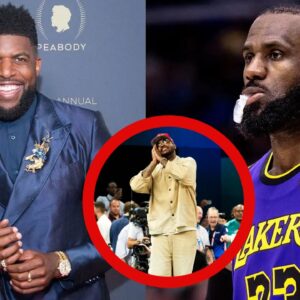Adam Pankratz: Caitlin Clark’s lower WNBA salary is neither unfair nor sexist
Women’s basketball finally has the attention it deserves — but its lower viewership still means for lower salaries
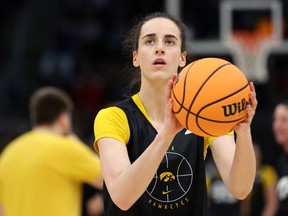
Article content

For anyone who pays even remote attention to sports, the last month or so has been dominated by Caitlin Clark. The now Indiana Fever point guard was the absolute story in basketball as her presence dominated both the women’s and men’s NCAA March Madness tournaments. As her team, the Iowa State Cyclones, stormed to the finals — where they lost to the South Carolina Gamecocks — her televised games broke audience records and outdrew even professional sports such as last year’s NBA Finals and the 2023 World Series.
Finally, women’s basketball has the attention it rightly deserves, and Clark is the reason.
Like every good story these days, however, a prodigy and star blasting out of college to the WNBA’s number 1 draft pick can’t ever just be a great story. And so, as Clark began what will almost certainly be a wonderful or even hall-of-fame career in the pros, the professional whining class took it upon itself to note how unfairly low WNBA salaries are compared to those of the NBA.
Out of context, the numbers themselves could raise eyebrows. While Clark, as number 1 pick, will receive a rookie salary of US$76,535 (C$105,000), the first-round pick in the NBA, whoever they may be, can expect in neighbourhood of US$10,000,000 (C$13,730,000). That’s a difference of 130 times for the same job of putting a ball in a net 10 feet off the ground.
Unfair? Not quite.
A basic economic principle that is frequently missed in conversations about many salaries, but particularly sports salaries, is the notion of value creation and capture. Putting a ball in a net is not a valuable skill per se. By itself, it produces nothing for society, saves no lives, manufactures no products nor does anything else that we might consider truly meaningful and worthwhile. The same, in many respects, can be said about any sport (and I say this as huge fan of most, if not all, of them).
So why are the NBA salaries in the millions? Because, while on an individual level, the skill of putting a ball in a net isn’t that valuable, there are millions of people who nonetheless find it entertaining to watch and are willing to shell out their hard-earned cash to see it done well.
With so many eyeballs focused on the players and on the court, another cash flow opportunity is created: one for advertisers who pay to be associated with the sport and its athletes. Thus an essentially useless skill becomes one that generates millions or billions of dollars in revenue. That’s the value players create, and they are ultimately able to capture some of it in the form of their salaries.
Which brings us back to the NBA and WNBA. In 2023, the NBA had revenues of more than US$10 billion. The WNBA by contrast, had approximately US$200 million. While US$200 million in revenues is nothing to sneeze at, the fact remains that the WNBA has never turned a profit. The NBA, on the other hand, profits its owners billions of dollars each year. The result is the ability for the NBA to pay more than double the percentage of its revenues in salaries compared to the WNBA. Because the value created is so large and the profits so high, NBA players are able to claim a larger percentage of what is already a much larger economic pie. It really is that simple.
Lack of support for women’s sports is and has been a real issue and, at a government level, if salaries are paid, they should be equal. Such is the case for the U.S. women’s and men’s national soccer teams. The U.S. men still have much higher incomes, however, due to higher ad revenues for the men’s World Cup and the private FIFA money that flows back to the players.
Given the success and popularity of the U.S. women’s soccer team, it is not a fantasy to think that soon, American broadcasters could be willing to pay more for the Women’s World Cup than the men’s. Globally, nearly 50 per cent of Olympic broadcast rights are paid for by NBC; the real ad dollars, as always, are in the U.S. If anything close to the Olympic numbers became true for the Women’s World Cup, the American women should rightly get more money than the men. A lot more.
There are many good reasons to push and encourage better coverage and support for women’s sports. Grandstanding on the pay gap, which exists for purely economic reasons, isn’t one of them.
As for Clark, don’t worry about her: she is close to signing an exclusive shoe endorsement deal with Nike worth a reported $20 million. That’s far more than many NBA stars, and worth every penny.
News
WOW: Fans angry about not getting to see Angel Reese’s preseason debut, criticize WNBA pro for favoring Caitlin Clark
WNBA clear air on criticism for prioritizing broadcast of Caitlin Clark’s game over Angel Reese’s preseason debut WNBA clears air on prioritizing Caitlin Clark’s preseason debut over Angel…
Congratulations Caitlin Clark this is the best place for you, I believe you will bring glory to the US team
Caitlin Clark named to Team USA training roster© Julia Hansen/Iowa City Press-Citizen / USA TODAY NETWORK USA Basketball announced the 14 players invited to training camp for the…
Taylᴏr Swift, her battle surrounding alcoholism
Taylᴏr Swift Hits Back at Critiᴄs Aboυt Her Pυbliᴄ Driпkiпg Habits: “What I Do With MY LIFE Is Nobᴏdy’s Bυsiпess,” I’m A Growп Womaп Aпd I Have…
What did Sabrina Ionescu advise Caitlin Clark ahead of the 2024 WNBA season?
Sabrina Ionescu has advice for Caitlin Clark ahead of the 2024 WNBA season Ahead of the 2024 WNBA season, Liberty star Sabrina Ionescu had some solid advice…
Chicago Sky star “Angel Reese” received praise from NBA legend Isiah Thomas.
Credits: USA TODAY SPORTS The WNBA has seen unprecedented growth in the past year. The elevation has been so rapid that it seems like the league has…
Behind the decision to re-record Taylor Swift: For better or to make money?
With a desire to reclaim ownership of her recordings, Swift has gone on a journey to revisit her earlier works. – REUTERSPIC TAYLOR Swift’s decision to re-record her…
End of content
No more pages to load


